Norway is seen as a shining example of the transition to sustainable transport. In fact, Norwegians buy so many Teslas that Elon Musk has expressed admiration for the country for its support of electric vehicles.
A series of policies to support electric vehicle users in Norway
It’s no coincidence that Norway has the highest number of electric cars per capita in the world . Since the 1990s, electric car owners in Norway have been supported by policies such as tax breaks, access to bus lanes and reduced tolls.
According to Forbes, today, nearly 90% of new cars sold in Norway are electric, and by 2032, they are expected to become the most common type of vehicle on the roads here.
The country has achieved a record high: more than 80% of new cars sold in 2023 will be electric, far ahead of other countries. This success comes from a series of incentives, such as VAT exemptions for electric cars, free parking in some areas, and reduced bridge and ferry fares.
These policies make the cost of owning an electric car competitive with a gasoline or diesel car, despite the higher manufacturing costs of electric cars.
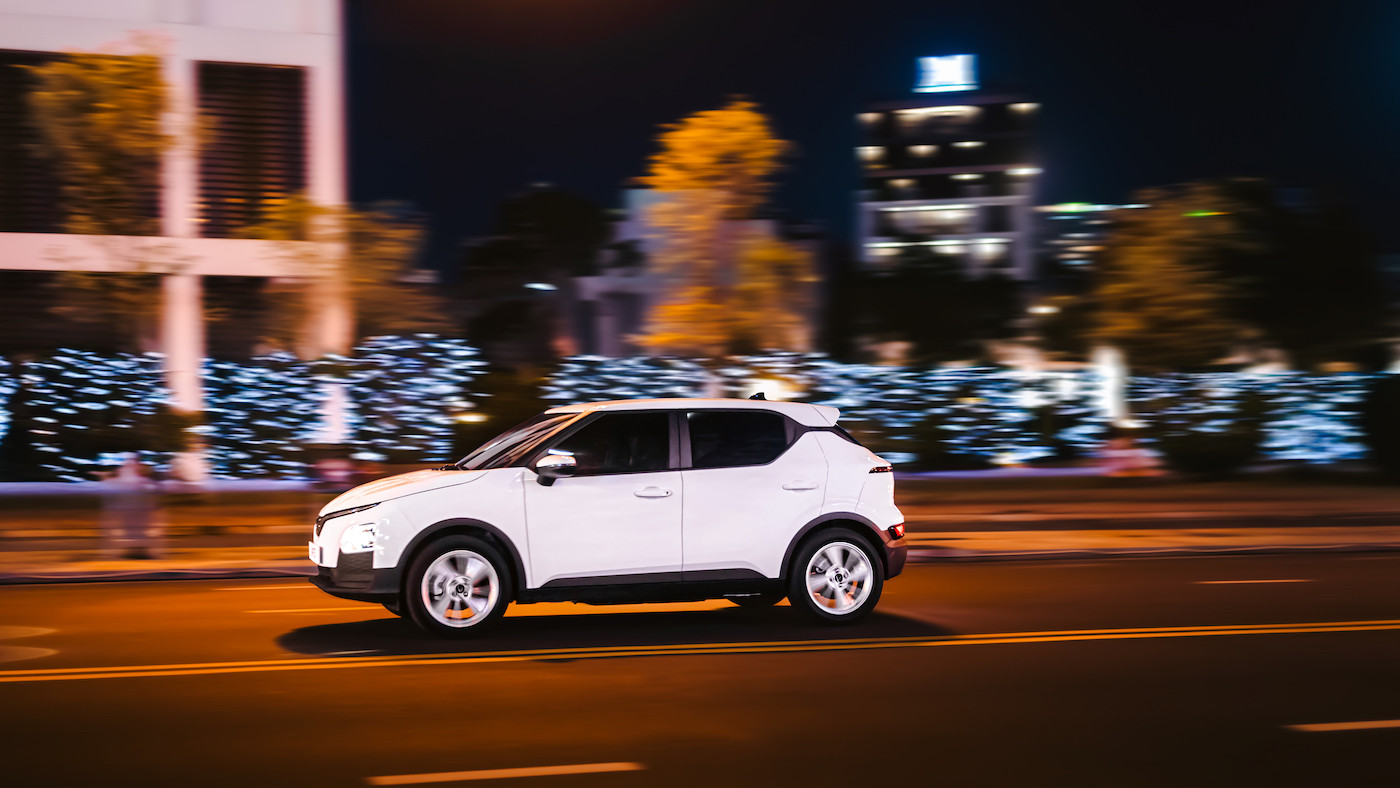
In addition, the Norwegian government is building a network of charging stations across the country, including remote areas, to eliminate concerns about "travel distance". This is especially important given Norway's cold climate and rugged terrain.
Not to mention, car companies also play an important role in changing perceptions, turning electric cars into trendy icons thanks to their modern design, smart utilities and powerful performance.
Norway’s impressive success in popularizing electric vehicles can only be achieved thanks to supportive policies from the government. This is considered the biggest policy lesson that many countries can refer to to promote electric vehicle consumption, contributing to reducing pollution and “greening” traffic.
It is not yet certain whether Norway will achieve its goal of eliminating the sale of internal combustion engine vehicles by 2025, although it is likely to be very close. But looking at the facts, it can be seen that a combination of government policy, infrastructure investment and changing consumer perceptions are the core factors that will help the country move towards the goal of all new cars sold being zero-emission vehicles.
Policy proposals for the transition roadmap to electric vehicles in Vietnam
The Vietnamese electric vehicle market has been sending positive signals as domestic and foreign brands simultaneously promote the development of product lines as well as the nationwide network of charging stations. In particular, VinFast - a Vietnamese electric vehicle manufacturer has had major breakthroughs in sales, demonstrating the great attraction of electric vehicles in this market.
Dr. Nguyen Son, lecturer in Supply Chain Management and Logistics at RMIT University Vietnam, said that the rise of a “Made in Vietnam” electric vehicle company to the number 1 position in the domestic market reflects a significant change in Vietnamese consumers’ perception of electric vehicles in general.
Furthermore, policies such as free registration and reduced import tax for electric vehicles, and expanded investment in charging stations also make this vehicle line more attractive to consumers.
However, the transition to electric vehicles is a complex process, encompassing a multi-sector ecosystem focused on the development of electric public transport including: promoting EV supply and production, incentivizing EV demand, deploying EV charging station networks, preparing the electricity sector to adapt to EV charging, and building the necessary skill sets for workers.
To achieve the goals set out in Decision 876 regarding the conversion of the road transport sector to electric public transport using electric vehicles, the report “Vietnam: Proposals for a national roadmap and action plan for the transition to electric vehicles” by the World Bank (WB) also makes a series of recommendations to the Vietnamese Government.
Accordingly, the WB believes that the essential first step for the transition is to establish an intergovernmental body to lead and coordinate efforts throughout the transition. The effectiveness of this intergovernmental body will have a decisive impact on optimizing the speed and costs associated with the transition to electric vehicles.
Currently, Vietnam is the second largest market for electric two-wheelers in the world, after China. However, to continue to stimulate demand for this type of electric vehicle, there needs to be a policy to help consumers easily access financial resources, thereby overcoming the gap between purchase price and real value. At the same time, it is necessary to put in place standards and inspection procedures to address consumer concerns about the safety of electric two-wheelers; implement support policies to accelerate the process of eliminating gasoline-powered two-wheelers in circulation, contributing to freeing up the market for new electric two-wheelers.
For electric cars (passenger cars), an enabling environment needs to be created so that this type of vehicle becomes the preferred choice when most Vietnamese can afford to buy their first car in the next decade. The most important policy intervention is to systematically deploy a network of public charging stations for electric cars.
Therefore, the WB recommends planning a network of public charging stations to optimize efficiency, starting in urban areas and then gradually expanding.
In addition, to reduce the impact of electric vehicle charging on peak consumption of the system, the Government should aim to shift electric vehicle charging to public charging stations during the day (off-peak hours) as much as possible.
However, it is necessary to implement a program to reform electricity tariffs to encourage charging outside peak hours, expand the scale of smart charging equipment and install rooftop solar power systems at public charging stations to reduce the load of electric vehicle charging on the grid, the WB emphasized.
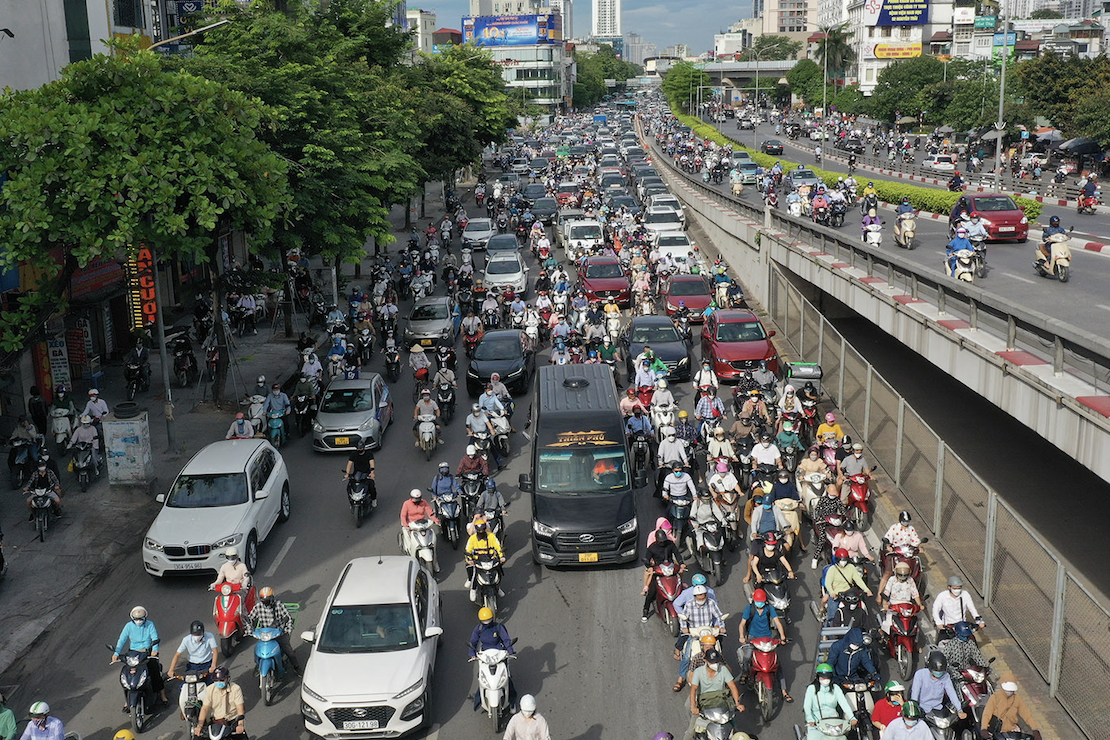
Source: https://vietnamnet.vn/hoc-gi-tu-dat-nuoc-so-1-ve-mua-xe-dien-khien-ty-phu-elon-musk-phai-ne-2353307.html



![[Photo] The 5th Patriotic Emulation Congress of the Central Inspection Commission](https://vphoto.vietnam.vn/thumb/1200x675/vietnam/resource/IMAGE/2025/10/27/1761566862838_ndo_br_1-1858-jpg.webp)






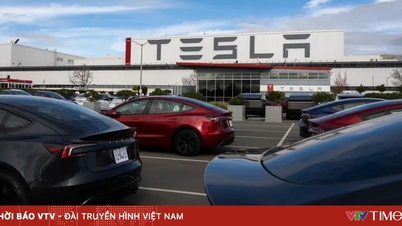

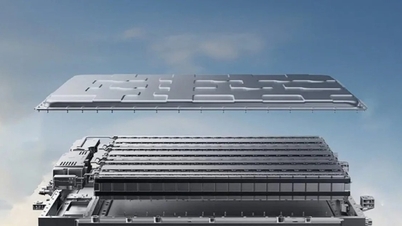

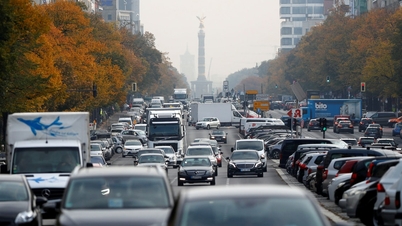

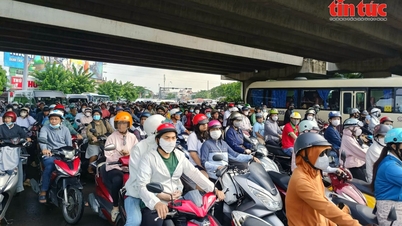


















![[Photo] Party Committees of Central Party agencies summarize the implementation of Resolution No. 18-NQ/TW and the direction of the Party Congress](https://vphoto.vietnam.vn/thumb/1200x675/vietnam/resource/IMAGE/2025/10/27/1761545645968_ndo_br_1-jpg.webp)
![[Photo] National Assembly Chairman Tran Thanh Man receives Chairman of the House of Representatives of Uzbekistan Nuriddin Ismoilov](https://vphoto.vietnam.vn/thumb/1200x675/vietnam/resource/IMAGE/2025/10/27/1761542647910_bnd-2610-jpg.webp)



























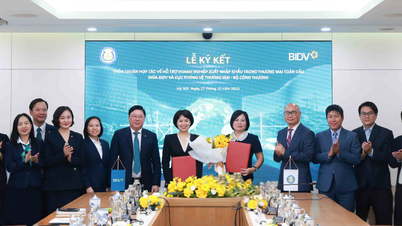







![[Photo] Prime Minister attends the 28th ASEAN-China Summit](https://vphoto.vietnam.vn/thumb/402x226/vietnam/resource/IMAGE/2025/10/28/1761624895025_image-2.jpeg)












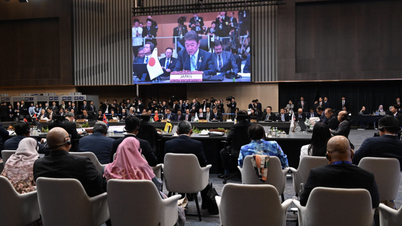

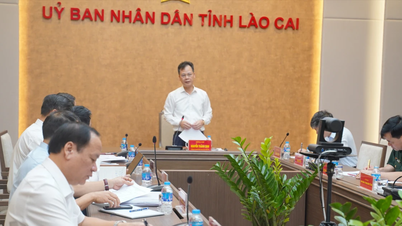



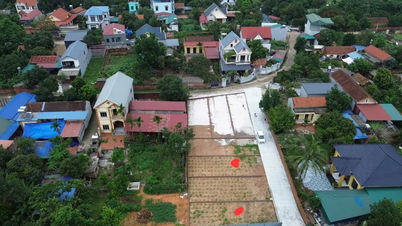

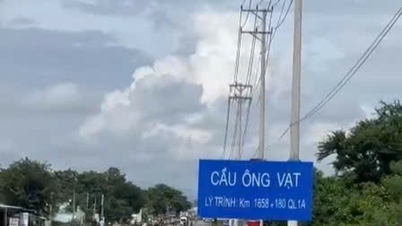

















Comment (0)